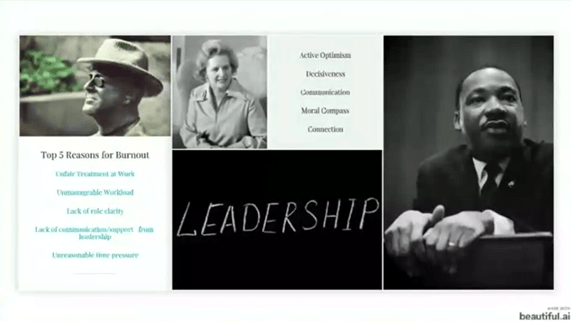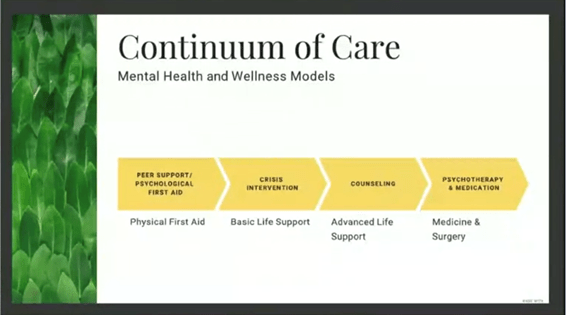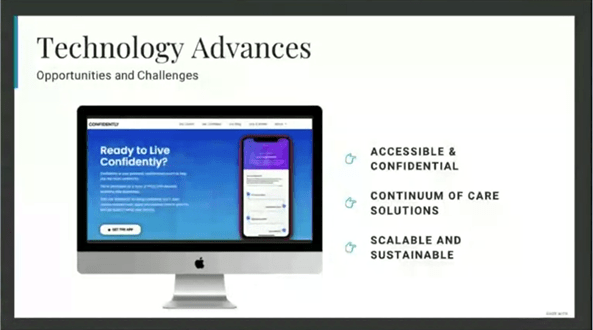3 tips to battle burnout and improve employee mental health
It’s been a hard year for many in the PR industry. Here are three ways to improve your employees’ mental well-being.

Burnout continues to rise even as we approach a post-pandemic reopening.
The numbers might surprise you: 79% of workers now suffer from burnout. That’s up 11% from last June, according to a January Fishbowl survey.
“The impact of burnout on productivity is huge,” says Amy Athey, chief wellness officer at the University of Arizona, in a Ragan panel titled “New Approaches to Mental Health Benefits.”
Here are three tips to help beat burnout and improve your employees’ well-being:
1. Understand the reasons for burnout (including leadership). “Employees experiencing burnout will often seek out self-care solutions like exercise,” Athey says, “but most burnout is influenced by the organization itself—and five key factors.” They are:
- Unfair treatment at work.
- Unmanageable workload.
- Lack of role clarity.
- Lack of communications support from leadership.
- Unreasonable time pressures.
“Look in the mirror and challenge yourself about what you’re expecting from employees,” she suggests.
Still, even that isn’t enough. That’s because long-lasting solutions start with:
- Leadership
- Active optimism
- Decisiveness
- Communications
- Moral compass
- Connection
“Avoid individualized interventions on these issues,” she advises. “Instead, ask what interventions in those areas will have a wider long-term impact. True workplace wellness begins with leadership evaluating those (six solutions).”

2. Embrace a mental wellness continuum-of-care model. “Symptoms are harder to see in mental health, yet employees are still suffering,” Athey says. “The solution is to adjust the typical physical care model.”
There are various levels of medical practitioners who can support you physically along the four stages of physical care, she explains. These stages include first aid, basic life support, advanced life support and medicine/surgery.
“We need to expand that metaphor—and understanding—to include mental health practitioners,” says Athey.

3. Prioritize peer support—and tap into tech. “We all need to be aware of the symptoms,” Athey says. “It truly takes a village, so communicators and wellness professionals should institute and then communicate peer support systems at the organization.”
Technology wellness solutions should also play a role because they:
- Are accessible and confidential
- Cover the continuum of care solutions
- Are scalable and sustainable
“Some are educational while others actually allow you to receive mental health treatment online,” says Athey. “But there are caveats and challenges—including data security and informed consent. The user has to be aware of potential privacy pitfalls.”
Her recommendation: “If your employees need higher levels of care, tech doesn’t provide that. So practice due diligence and consult with wellness experts around the technology offerings you might be considering.”

Learn all the latest strategies to support employee mental health and improve the employee experience at your organization by joining Mental Health & Employee Engagement: What You Need to Know Now on June 15.
Brian Pittman is the Dean of Ragan Training and a Ragan Communications event producer.







